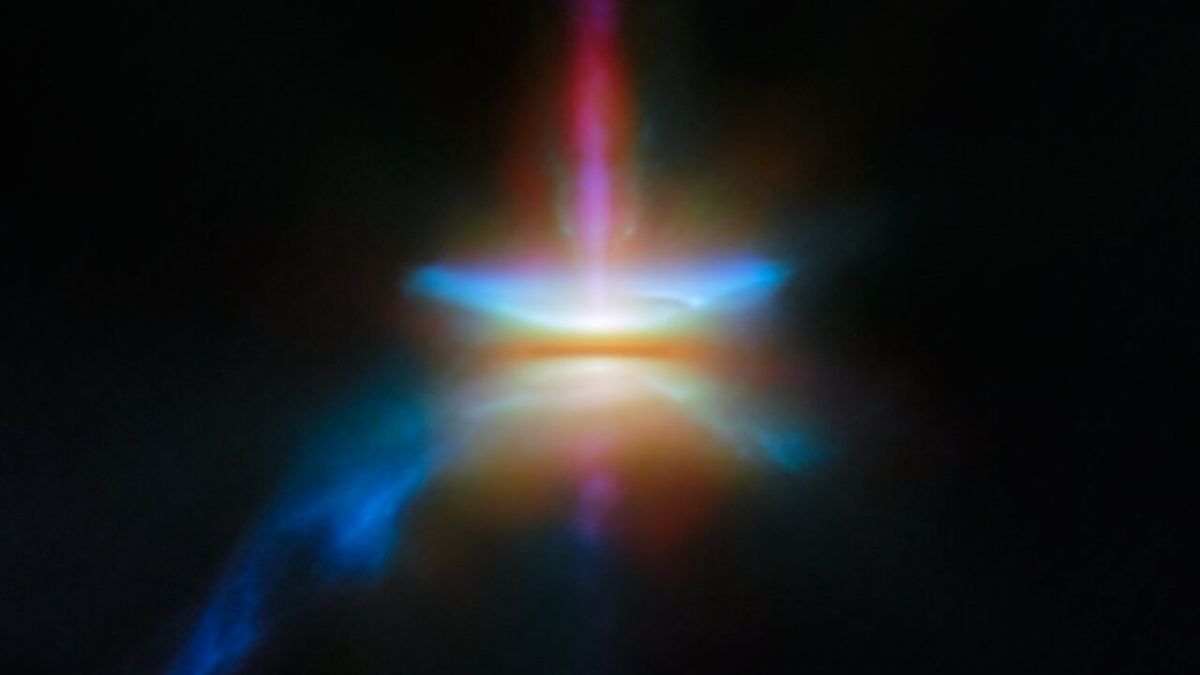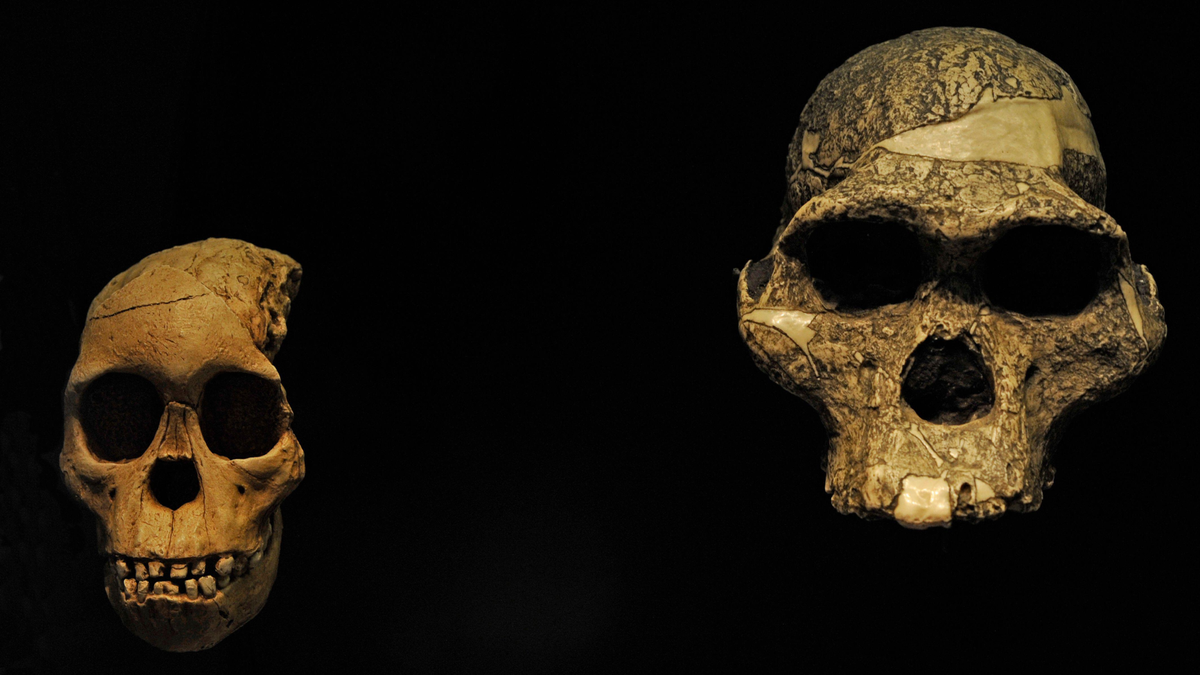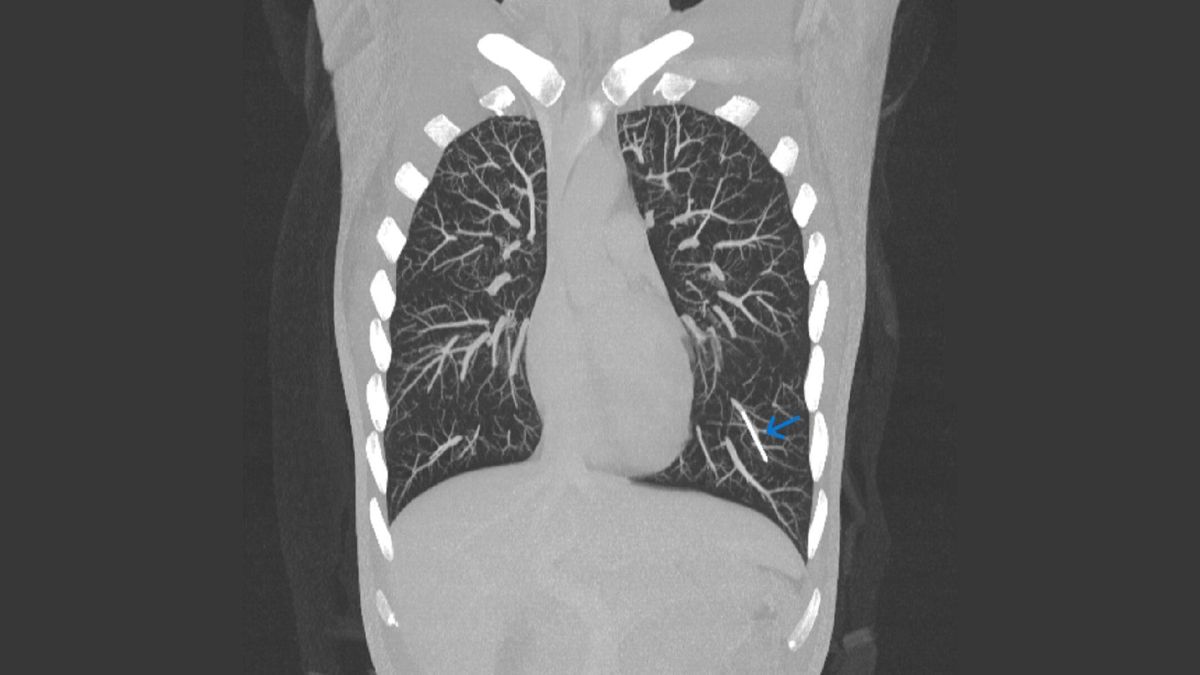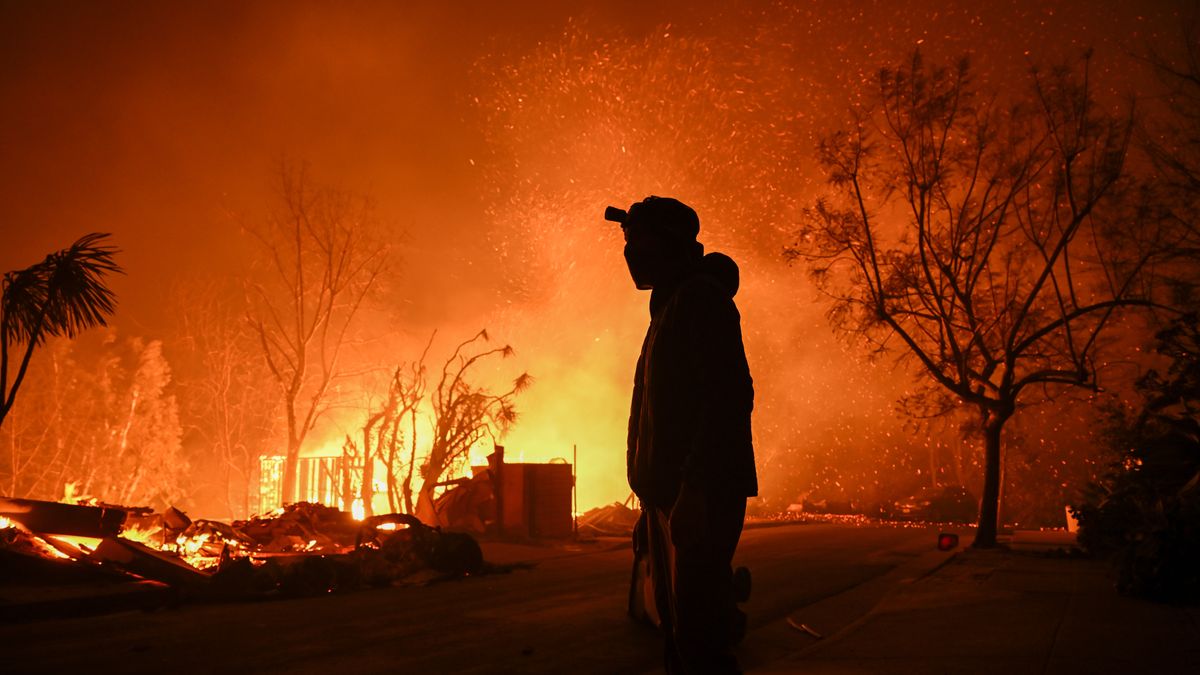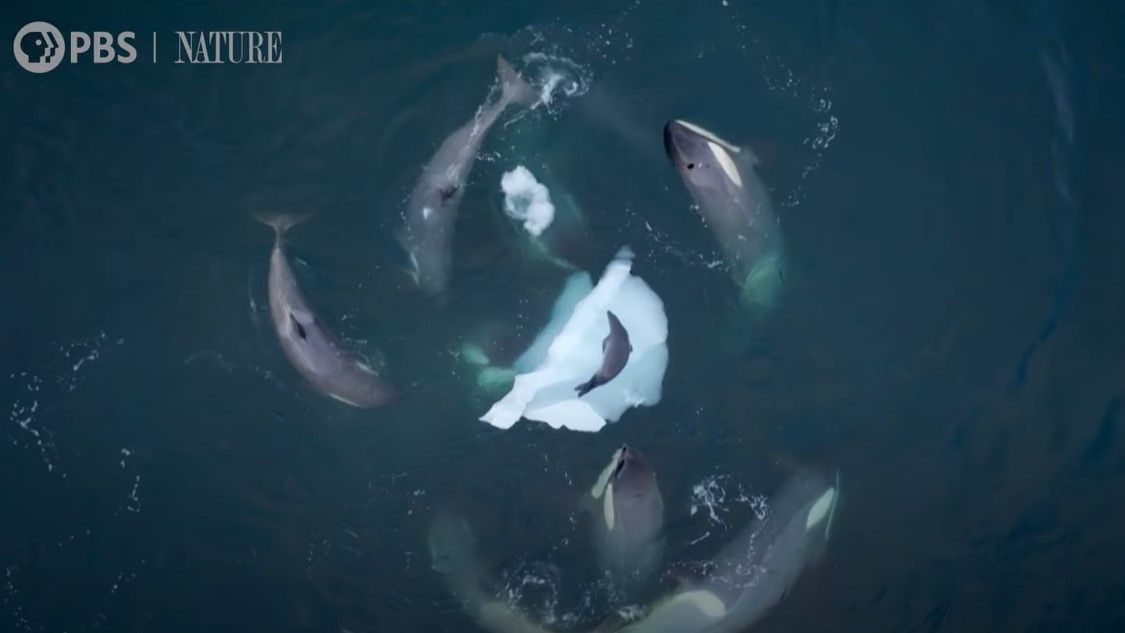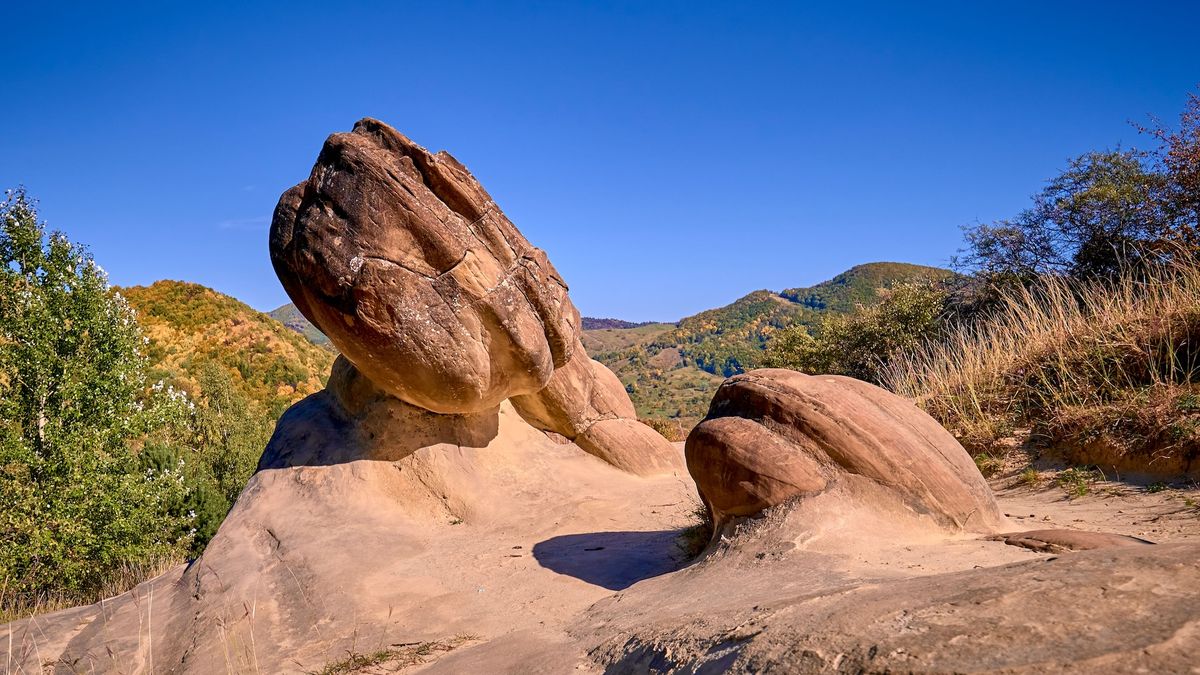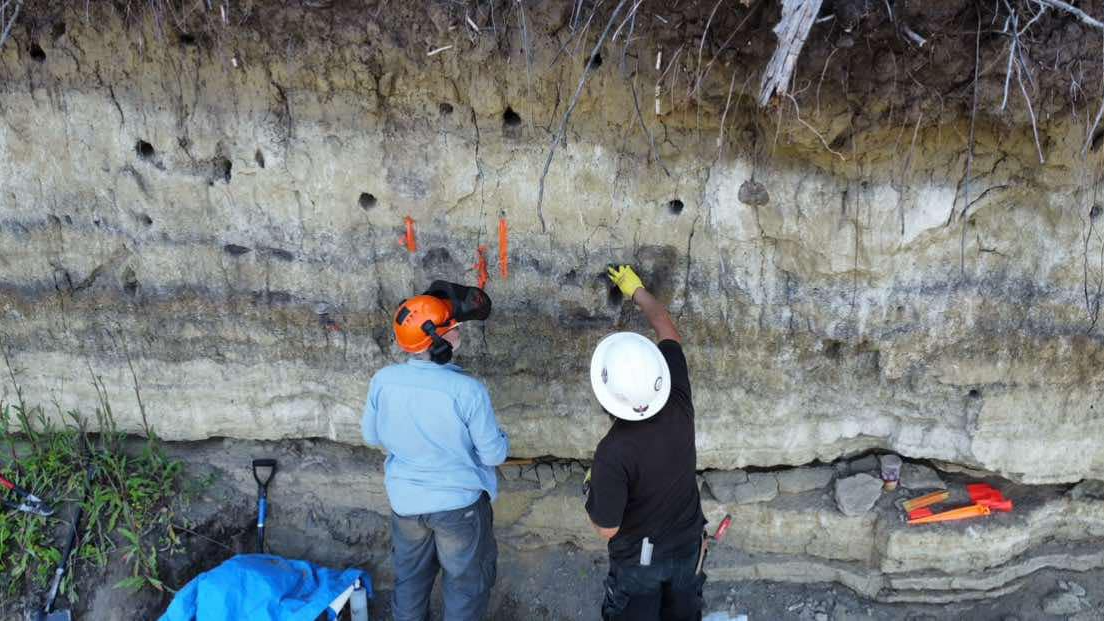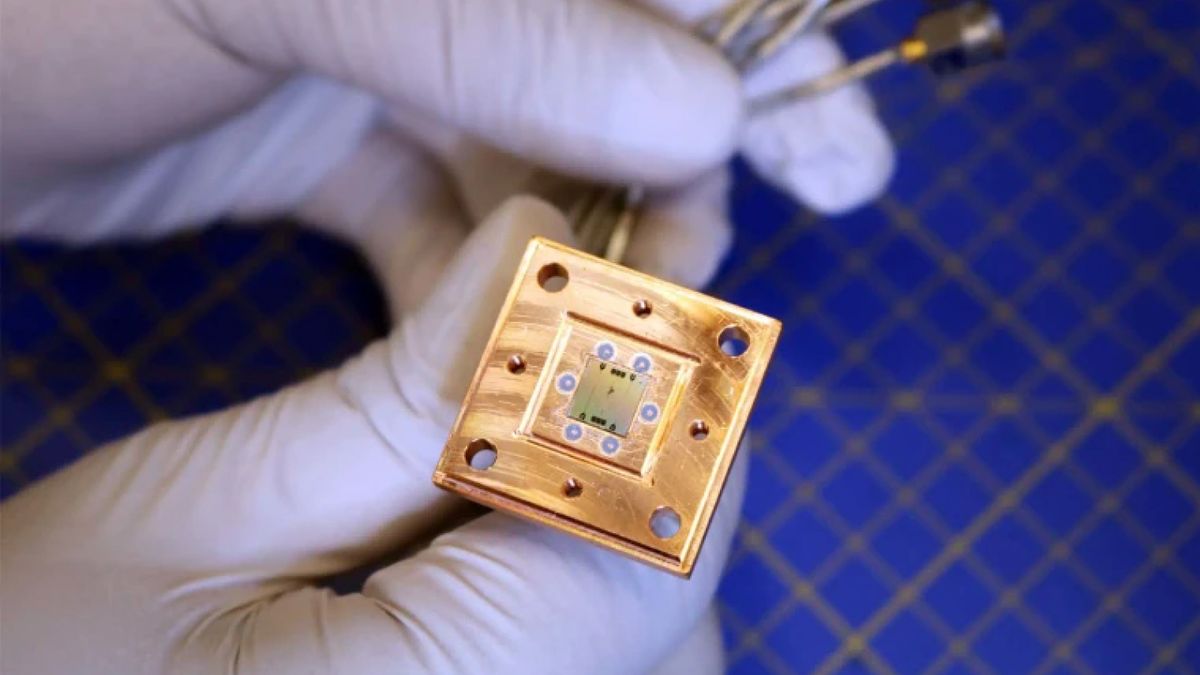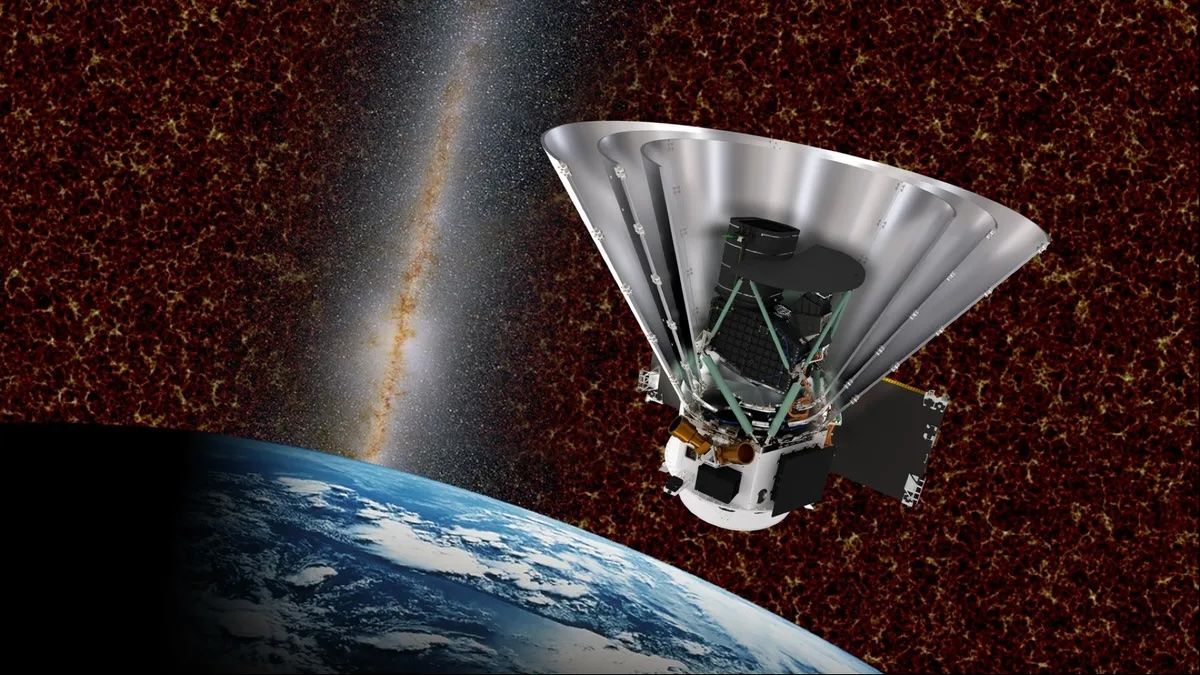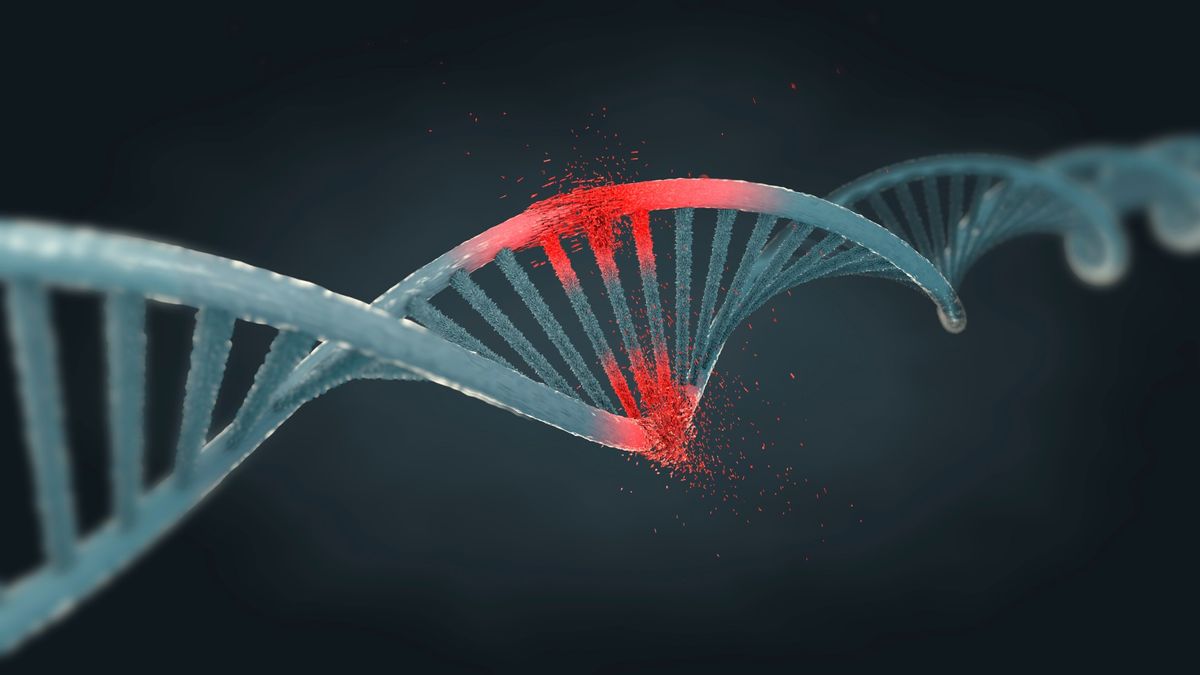The James Webb Space Telescope (JWST) has captured a stunning image of a young star firing energy into space, illuminating a protoplanetary disk from which a new solar system may form.
The young star, called HH 30, is a Herbig-Haro object — a bright knot of gas formed when the gas streaming from young protostars collides with nearby matter, producing shockwaves.
HH 30 is located 450 light-years away in the dark cloud LDN 1551 in the Taurus Molecular Cloud. Astronomers are studying the gassy knot to learn more about how dust grains combine with massive jets to form planets. The researchers published their findings Feb. 3 in The Astrophysical Journal.
“These grains are only one millionth of a metre across — about the size of a single bacterium,” the researchers wrote in a blog post accompanying the image. “While the large dust grains are concentrated in the densest parts of the disc, the small grains are much more widespread.”
Where star systems are born
Stars take tens of millions of years to form, growing from dense, billowing clouds of turbulent dust and gas to gently glowing protostars, before materializing into gigantic orbs of fusion-powered plasma like our sun.
Related: James Webb telescope spots a dozen newborn stars spewing gas in the same direction — and nobody is sure why
Scientists think that planets form around young stars when dust and gas particles collide and stick together, snowballing over millions of years until they reach their final forms.
To study HH 30’s edge-on disk (meaning JWST sees only the disk’s side from its vantage point near Earth), the researchers combined infrared data captured by JWST with longer-wavelength observations made by the Atacama Large Millimeter/submillimeter Array (ALMA) telescope and the Hubble Space Telescope. These data enabled the researchers to capture dust particles from millimeter down to micrometer scales.
The result is a breathtakingly detailed view of the dust’s movement across the disk, showing it migrating within the disk and settling in a dense layer, where it is clumping to form the beginnings of planets. Nested alongside this are several layers of gas. One of these layers originates from the jet spat out by the star, while others are from a broader cone-shaped outflow enveloped by a nebula reflecting the star’s light.
“Together, these data reveal HH 30 to be a dynamic place, where tiny dust grains and massive jets alike play a role in the formation of new planets,” the researchers wrote.
:max_bytes(150000):strip_icc():focal(749x0:751x2)/karla-sofia-gascon-tout-1-013125-5b7e383e3feb44fa8ef1bffadbd66de2.jpg)




